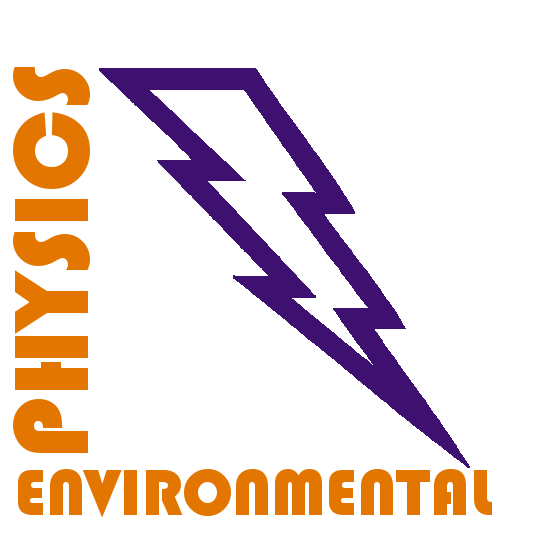|
Abstrakt: Atmospheric air non-thermal plasmas in contact with water create so-called “plasma-activated water” (PAW), by transporting various reactive oxygen and nitrogen species (RONS) into water. These RONS include long-lived species, e.g., hydrogen peroxide (H2O2), nitrites (NO2‾) and nitrates (NO3‾) anions, and ozone (O3) detectable after activation, and various short-lived species. Reactive species in PAW and plasma-activated solutions effectively kill various microorganisms, show-specific antitumor effects, and act as “green” fertilizers in agriculture promoting seed germination and plant growth [Machala et al., 2013, Thirumdas et al., 2018]. The solubility of the gas species in liquids under equilibrium conditions is given by Henry’s law solubility coefficient kH. Gaseous H2O2 dissolving in water has extremely high kH, HNO2 has still high kH, while NO, NO2 and O3 have several orders of magnitude lower kH. Thus, the aqueous phase concentrations of the gaseous RONS significantly differ from their gas phase concentrations.
We investigate the transport of the gaseous H2O2, HNO2, NO2, and O3 into the bulk water and the charged electrosprayed (ES) vs. non-charged mechanically nebulized microdroplets. First, we studied the transport of single gaseous species H2O2, HNO2, NO2, and O3 provided by several external sources, e.g. by bubbling through liquid solutions of H2O2 or HNO2, or NO2 and NO from gas bottles, or by using O3 generator. UV-Vis spectrophotometry with colorimetric reagents is used for the chemical analysis of the dissolved species (H2O2, O3, NO2‾ and NO3‾) in the aqueous phase. In the gas phase, electrochemical gas sensors (H2O2 and O3) and UV-Vis absorption spectroscopy are used (HNO2 and NO2) for their diagnostics. Then we operated the air streamer corona-to-spark transition plasma discharges in ES vs. nebulized water aerosols and evaluated the RONS transport. Under the plasma conditions, a mixture of various species is always formed, which makes the transport processes into microdroplets more complex due to the chemical interactions of various species in the gas and the liquid.
The solvation of the gaseous H2O2, HNO2, NO2, and O3 into water is enhanced by the increasing gas-water interface surface area obtained during the aerosolization (ES or mechanical nebulization) compared to the transport into the bulk liquid. H2O2 was solvated in water ~10,000x more efficiently than O3 despite they have similar gas concentrations, but H2O2 was completely depleted from the gas, unlike O3 [Hassan et al., 2021]. HNO2, NO, and NO2 gases dissolved into the water, making aqueous NO2‾ and NO3‾. The dominant gaseous source for NO2‾ is gaseous HNO2, which despite much lower concentration in the gas, has much better solvation than NO or NO2 [Janda et al., 2021].
Transport of the plasma formed H2O2 did not depend on the droplet charge and was the same for the ES and the nebulized microdroplets if normalized to the discharge power. On the other hand, the charged ES aerosol enhanced the solvation of O3 and strongly increased the formation of NO2‾ in PAW. However, the formation of NO3‾ was stronger with non-charged microdroplets. Our results still need further investigations but will lead to a better understanding of the transport mechanism of gaseous RONS generated in the plasma into the water and will enable optimization of the plasma–liquid interaction systems for various applications.
|

